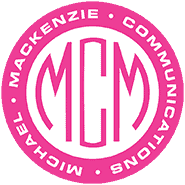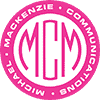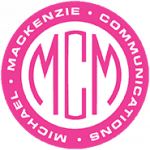I had the pleasure of attending a seminar this week presented by my friend and his Alpharetta-based Sandler Training franchise. Aside from myself, there were four others on-site and eight remote attendees of this weekly complimentary session. I teased my friend afterwards about the impressive job he did of demonstrating features I’d never even begin to use from his Zoom video conferencing system, but the more important lesson of the day was when he cautioned that we do not work for free.
Remember, this is a sales training session so in the context of our lesson, he urged attendees to understand the difference between selling and educating, noting that if you aren’t careful, you can soon find yourself educating your prospect on how to be a better buyer from your competition. Save the education for after you close the deal, he urged.
Finding the line of demarcation between selling and educating is a challenge and I countered (afterwards) that sometimes education is important and necessary to distinguish yourself (or your firm) from the competition. Years ago, I had a consulting friend who touted that she didn’t work for free. By this she meant that she wanted to get the account on the clock before she’d truly pull back the kimono. Although I appreciated her point, I wasn’t convinced that she was sharing enough. Today she has moved on to another field so you can reach your own conclusions.
If three different firms are offering your prospect the same product or service for the same price and with the same delivery schedule, then a little education goes a long way in helping to differentiate you from the also rans. That “education” is what we call “marketing.” If marketing has done a good job and provided “air-cover” in advance of the sales call, then the prospect already understands the difference. If broad reach (advertising, events or PR) or direct (social media or email marketing) communications efforts haven’t already sprinkled awareness of your brand in the mind of this prospect, marketing can still provide tools in the form of digital (slides) and physical leave behinds (customer success stories or data sheets) that can educate your prospect on the differences. And if none of that is available or effective, a little face-to-face knowledge transfer can go a long way in persuading a key prospect that your ability to meet their needs exceeds what they will get for the same time or dollar investment elsewhere.
While I’ll concur with my friends that you don’t want to work for free, it is my experience that for most consultative sales, giving a little know-how goes a long way in helping to secure the right customers (and sometimes ensures you don’t get the wrong ones).
This post courtesy of MMC Principal Jennifer Koon.



